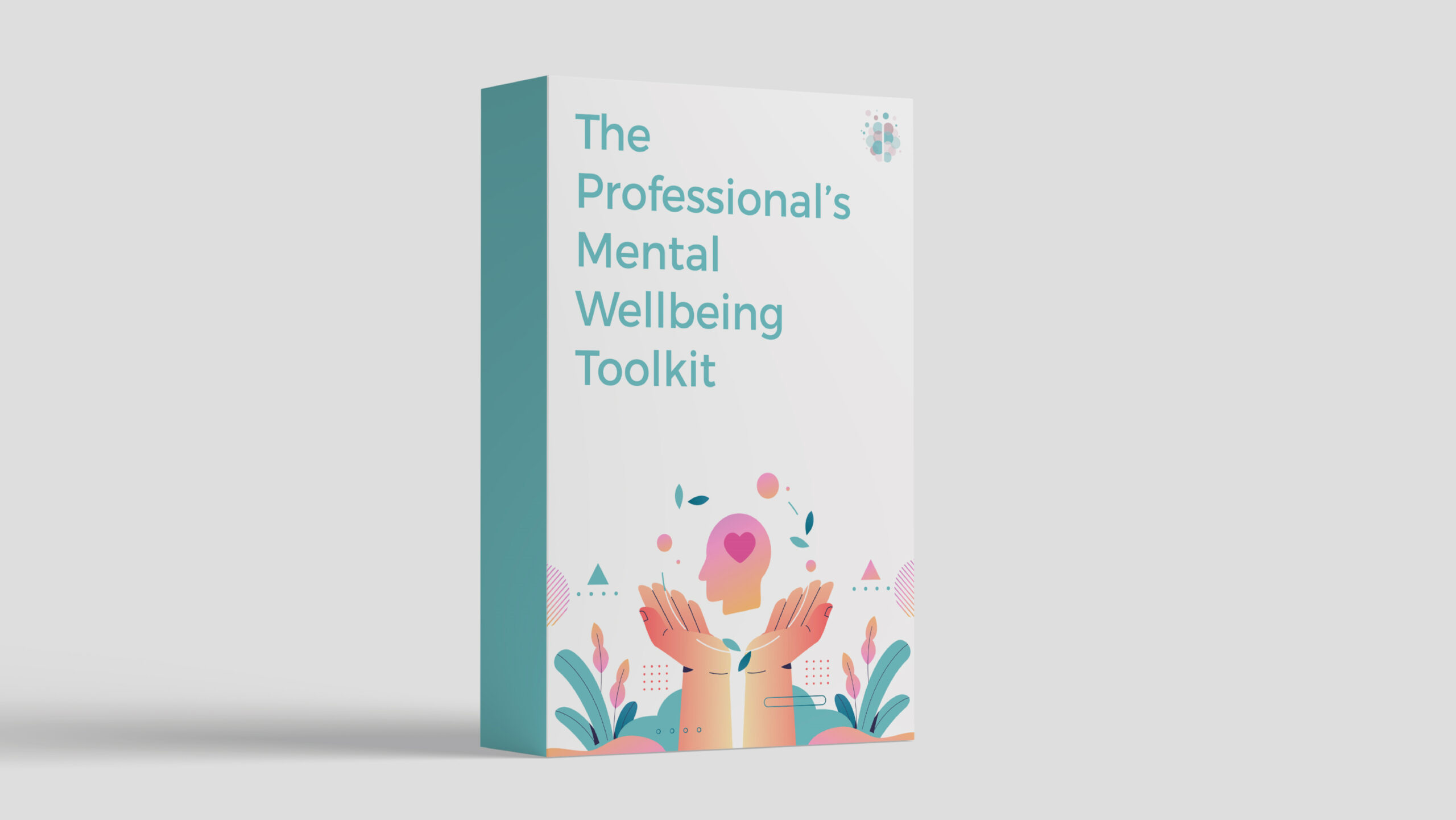It can be difficult to decide if, when, and how to practice self-disclosure as a coach.
Today’s digital-first world makes navigating self-disclosure particularly challenging since clients can learn personal details about you outside of sessions if they follow you on social media, subscribe to your newsletter, or attend one of your speaking engagements. Continue reading to discover the benefits and risks of too much transparency in coaching, as well as a few alternatives to self-disclosure.
Benefits of Self-Disclosure in Coaching
What are some of the benefits of self-disclosure in coaching?
For starters, self-disclosure can help build trust and deepen the relationship between you and your client.
Clients have reported that they feel more understood and seen when they learn we share similar experiences. Conversely, clients can also gain a new perspective through your self-disclosure, particularly if their backgrounds and lived experiences are different.
Self-disclosure can also validate your client’s reality and go a long way in making them feel less alone in the world. This is particularly true when a client is dealing with a difficult situation such as navigating a toxic workplace, getting rejected for a dream role, or being laid off.
Self-disclosure is an opportunity to model vulnerability, frustration, and other difficult emotions. When done with intention, hearing their coach – a fellow human – effectively speak to their feelings can be incredibly helpful. Clients should remain in the driver’s seat during coaching sessions, so it’s a good idea to ask permission before self-disclosing.
Avoid directly answering questions like, “What would you do if you were in my shoes?” and instead pivot toward asking a powerful coaching question that enables them to get unstuck and take action.
Risks of Self-Disclosure in Coaching
While implementing self-disclosure during a coaching session can be helpful when done strategically and with intention, it’s not without its drawbacks.
To begin, you want to have a clear goal in mind before opening up. If you don’t have a clear reason, you might wish to skip it.
A simple yet powerful question you can ask yourself before sharing is, “Why am I sharing this information with my client?”
A follow-up question you can ask yourself here is, “How does this self-disclosure benefit my client?” If the value to your client is unclear, self-disclosure may not be the best technique to deploy at that moment.
While you’ll want to use your professional judgment, you can also bring up the concept of self-disclosure directly. This might sound like, “I’m curious if it would be helpful for me to share a personal example with you right now.”
Alternatives to Self-Disclosure in Coaching
Since you might not always wish to share personal details with a client, what are some alternatives?
One technique is to simply repeat the question back to the client in a solution-focused manner. Let’s say a client received a job offer and wanted to know if you thought they should accept it. You might ask them, “What are your options?” followed by “How do each of these options align with your long-term career goals?”
If a client is asking you to self-disclose, you can inquire why they’re asking the question in the first place. You might say, “What are you hoping to learn by me sharing X about myself?” You can also inject levity and visioning into the coaching conversation and ask, “How do you think I might respond to your question?”
Another alternative to self-disclosure is providing an anonymous story or example. This might look like saying, “Without going into specifics, someone I know found it helpful to do X when they were in a similar situation at work.”
Of course, there’s also always the option to remain silent, which can be incredibly powerful in these types of situations, as it allows the client – and you – space to think, reflect, and process.
Final Thoughts
As outlined in this article, developing and maintaining boundaries with clients is work that is constantly in progress. You’ll want to give yourself patience and grace as you navigate how to implement self-disclosure with your coaching clients. You’ve got this!
Build Your Coaching Toolkit
Want a library of practical tools to share with clients? Check out The Professional's Mental Wellbeing Toolkit today. It's "everything you need all in one place."

About Kyle
Dr. Kyle Elliott, MPA, CHES (he/him/his) is the founder and career coach behind CaffeinatedKyle.com. He is an official member of the invitation-only Forbes Coaches Council, a member of the Gay Coaches Alliance, and a Stability Leader with The Stability Network.
Kyle’s words have been featured in Business Insider, CNBC, CNN, Entrepreneur, Fast Company, Forbes, Fortune, and The New York Times, among dozens of other leading publications. When not helping Silicon Valley’s top talent find jobs they LOVE, you will find him at Starbucks or Disneyland.

